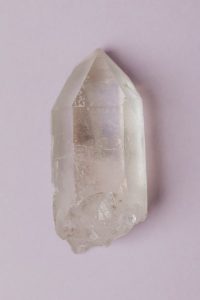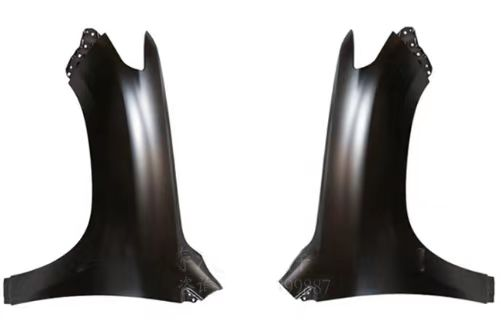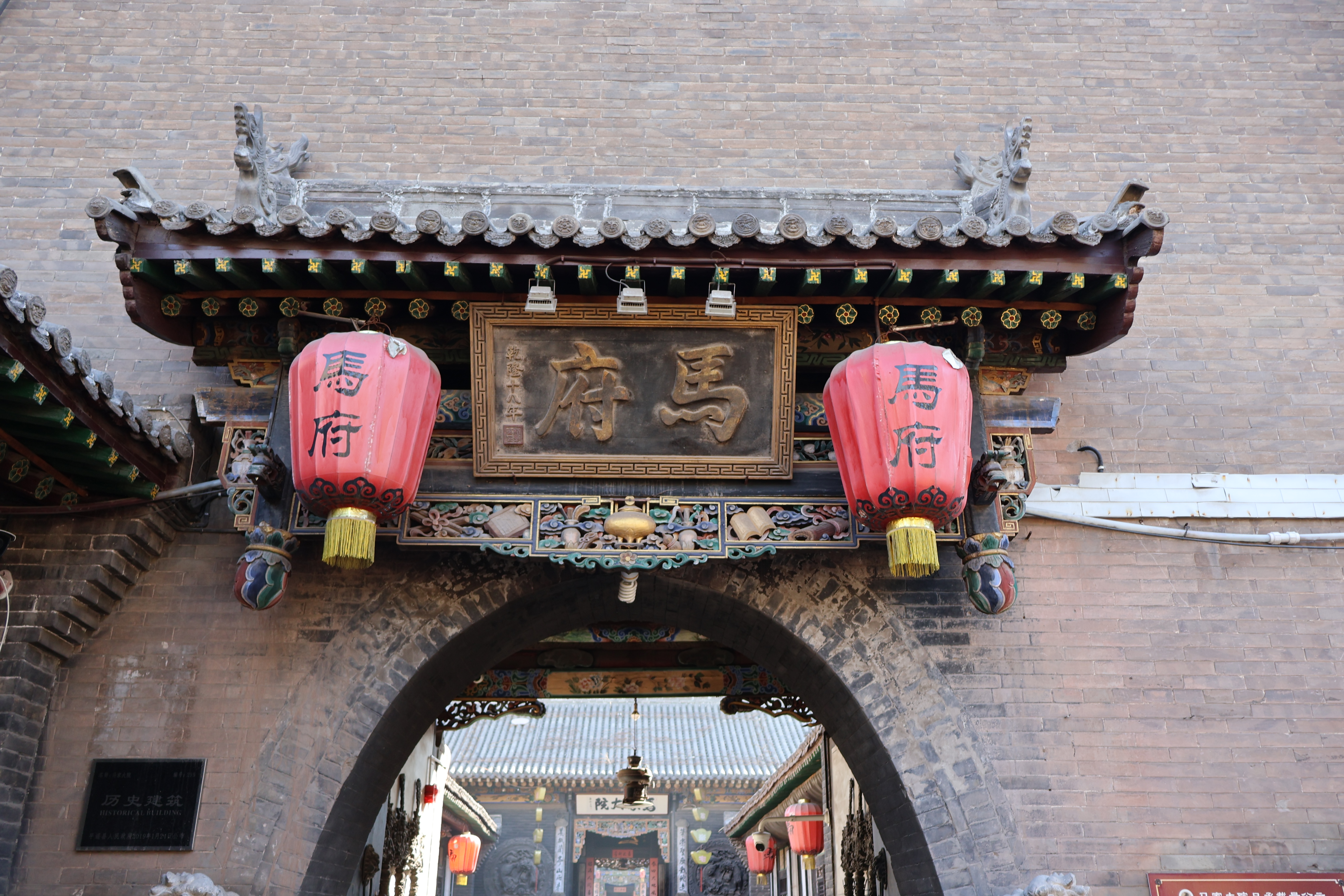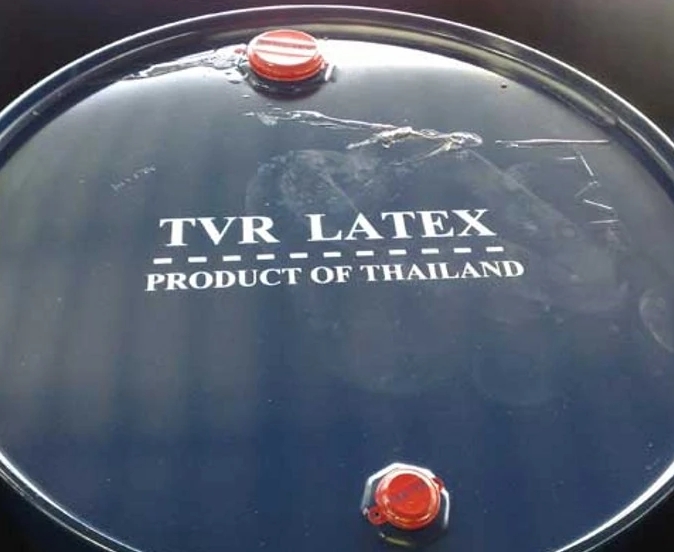Mica is a rock-forming mineral with a hexagonal flake crystal form and is one of the main rock-forming minerals. Mica crystals have a layered structure inside, so they are flake crystals, mainly hexagonal flake crystals. Its characteristics are insulation and high temperature resistance. Sericite is the most commonly used in industry and is widely used in coatings, paints, electrical insulation and other industries.

Species introduction #
Mica is the general name for mica minerals, which are aluminum silicates of potassium, aluminum, magnesium, iron, lithium and other metals. They are all layered structures and monoclinic. The crystals are pseudo-hexagonal flakes or plates, and occasionally columnar. The lamellar cleavage is very complete, with a glassy luster, and the flakes are elastic. The refractive index of mica increases correspondingly with the increase of iron content, and can range from low positive protrusion to medium positive protrusion. The iron-free variant is colorless in the flakes. The higher the iron content, the darker the color, and the pleochroism and absorbency are enhanced.
Mica minerals mainly include biotite , phlogopite , muscovite , lepidolite , sericite , green mica , lepidolite, etc. Aventurine is a mixed mineral of mica and quartz . The most commonly used industrial mica is muscovite and phlogopite. Lepidolite is an important mineral raw material for refining lithium.
Mica minerals can be divided into three subgroups based on their chemical composition and optical characteristics, including the muscovite subgroup, the biotite-phlogopite subgroup, and the lepidolite subgroup.
Mica mines are widely found in Asia, Africa and the Americas, but rarely in Europe. Until the 19th century, the value of mica in Europe was still very high. As colonists mined mica in Africa and South America, the price quickly fell.
Mica block mica has very high insulation and thermal insulation properties, good chemical stability, and resistance to strong acids, strong alkali and pressure. Therefore, it is an important raw material for manufacturing electrical equipment, so it can also be used as an insulating material in hair dryers. Mica also has birefringence ability, so it is also an optical instrument material for manufacturing polarizers. Mica mining for the electrical industry must be mica blocks with an effective area greater than 4 square centimeters, without cracks or holes, and non-mica minerals on the edges must not exceed 3 mm. After mica is mined, the quality is divided into four categories according to the effective area. The best special category has an area greater than 65 square centimeters.
The most commonly used mica in industry is muscovite, followed by phlogopite, which is widely used in the building materials industry, fire protection industry, fire extinguishing agents, welding rods, plastics, electrical insulation, papermaking, asphalt paper, rubber, pearlescent pigments and other chemical industries.
Mineral characteristics #
The main minerals of sodium mica mica pegmatite ore are microcline feldspar, feldspar, quartz and muscovite, and the secondary minerals are biotite, almandine garnet, tourmaline , apatite, beryl and ilmenite. wait. Minerals such as apatite , tremolite, diopside, calcite, carbonate rocks and microcline feldspar often occur in the veins of phlogopite deposits . In fine muscovite deposits, muscovite generally accounts for 50 to 70%, potassium feldspar and quartz account for about 10%, and trace minerals are magnetite and limonite.
Mica is an aluminosilicate mineral with a continuous layered silicon-oxygen tetrahedral structure. Divided into three subcategories: muscovite, biotite and lepidolite. Muscovite includes muscovite and its subspecies (sericite) and the less common sodium mica; biotite includes phlogopite, biotite, ferrobiotite and manganese biotite; lepidolite is a variety of mica rich in lithium oxide Tiny scales. Muscovite and phlogopite are commonly used in industry, especially in the electrical industry.
The chemical formula of mica is KAl 2 (AlSi 3 O 10 )(OH) 2 , in which SiO 2 45.2%, Al 2 O 3 38.5%, K 2 O11.8%, H 2 O4.5%, in addition, it contains a small amount of Na, Ca, Mg, Ti, Cr, Mn, Fe and F, etc. The chemical formula of phlogopite is KMg 3 (AlSi 3 O 10 ) (F, OH) 2 , in which K 2 O is 7 to 10.3%, MgO is 21.4 to 29.4%, Al 2 O 3 is 10.8 to 17%, and SiO 2 is 38.7~45%, H 2 O is 0.3~4.5%, and contains a small amount of Fe, Ti, Mn, Na and F, etc. Mica is mostly in the monoclinic crystal system, in the form of stacked plates or book-shaped crystals. The fully developed rhombus or hexagon with six crystal faces sometimes forms pseudo-hexagonal columnar crystals.
Mica has perfect cleavage and can be peeled off. Theoretically, muscovite can be peeled into about 10 pieces, and phlogopite can be peeled into about 5 or 10 pieces. The hidden cleavage of mica crystals is known as beating and pressing. Muscovite flakes are generally colorless and transparent, but are often dyed with green, brown, yellow and pink tones; they have a glassy luster and a pearly luster on their cleavage surfaces. Phlogopite is usually yellow, brown, dark brown or black; it has glassy luster, and the cleavage surface shows pearly or semi-metallic luster. The transparency of muscovite is 71.7-87.5%, and that of phlogopite is 0-25.2%. The Mohs hardness of muscovite is 2~2.5, and that of phlogopite is 2.78~2.85; the elastic coefficient of muscovite is (1475.9~2092.7×10 6 Pa (15050~21340kg/cm 2 ), and that of phlogopite is (1394.5~1874.05)× 10 6 Pa (14220~19110kg/cm 2 ).
Process characteristics #
Physical properties #
The physical properties of mica mainly depend on the size of mica crystals, exfoliation properties determined by cleavage and hardness, as well as the color transparency and elasticity of mica. Industrial mica is mostly in the form of stacked plates or book-shaped crystals. The crystal sizes vary, and the thickness ranges from a few millimeters to tens of centimeters. Generally, as long as the effective area of the crystal is greater than or equal to 4cm 2 , it has direct utilization value. Of course, the larger the crystal area, the higher the value. The exfoliation performance of mica is determined by the cleavage and hardness of mica. The unique crystal structure of mica gives it a set of extremely complete bottom surface cleavages, which has become an important performance for industrial mica processing and peeling technology. Theoretically, muscovite mica can be peeled to about 10, and phlogopite can be peeled to about 5-10. Therefore, muscovite and phlogopite can be peeled into flat sheets of any thickness according to industrial requirements to meet the needs of mica in the electrical and electronic industries. requirements. The hardness of mica is low, with 2-2.5 for muscovite, 2.37 for magnesium-silicate muscovite, and 2.78-2.85 for phlogopite. The harder the mica is, the harder it is to peel. Muscovite and magnesium silicon muscovite have better peeling performance, while phlogopite has slightly worse performance. The color characteristics of mica are often used to characterize the insulating properties of mica. For industrial mica, light-colored muscovite is generally the best, followed by phlogopite , and biotite has the worst insulating properties. The elastic coefficient of muscovite is 15346-21760bar, and that of phlogopite is 14500-19480bar. When mica is used as insulation material in industry, there are strict requirements on its elasticity.
Electrical properties #
The insulation performance of mica is the most important factor that determines its industrial utilization value. The insulation performance of mica is determined by the electrical properties of mica. The electrical properties of mica are determined by testing breakdown voltage and breakdown strength. According to statistics from the test results of mica in various mining areas in China, when the mica sheet thickness is 0.015mm, the average breakdown voltage is 2.0-5.7kV and the breakdown strength is 133-407kV/mm.
heat resistance
#
When some Chinese muscovite mica is heated to 100-600℃, its elasticity and surface properties remain unchanged; after 700-800℃, its dehydration, mechanical and electrical properties change, its elasticity is lost and it becomes brittle; at 1050℃, its structure destroy. When phlogopite is around 700°C, its electrical properties are better than those of muscovite.















